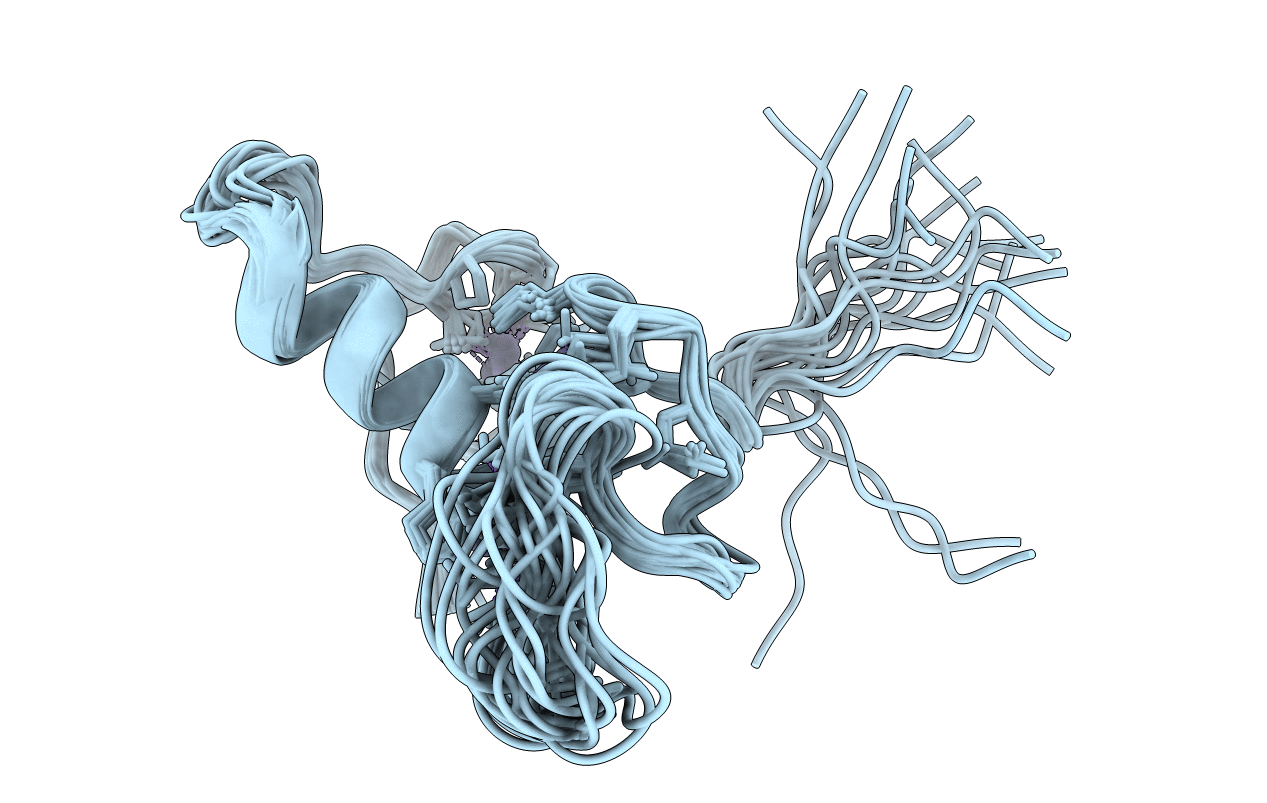
Deposition Date
2014-08-13
Release Date
2014-10-29
Last Version Date
2024-05-15
Method Details:
Experimental Method:
Conformers Calculated:
100
Conformers Submitted:
20
Selection Criteria:
target function


